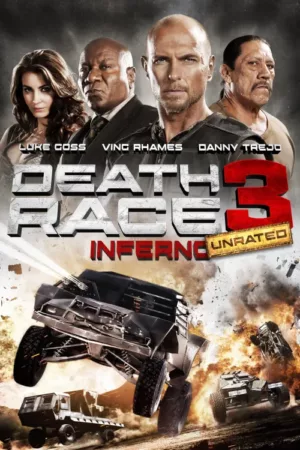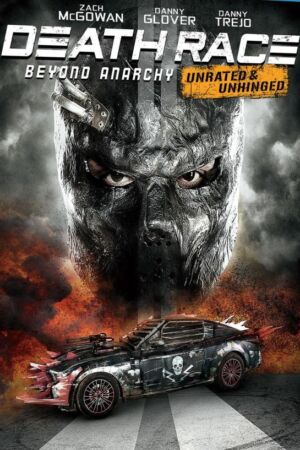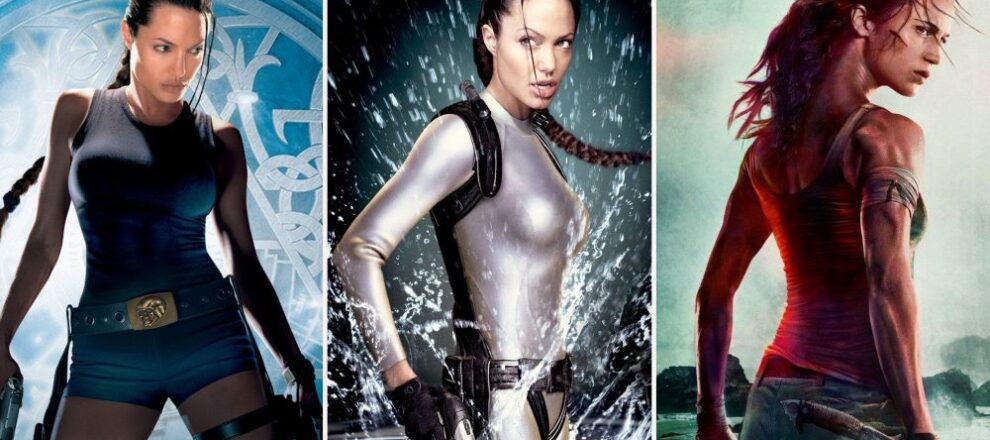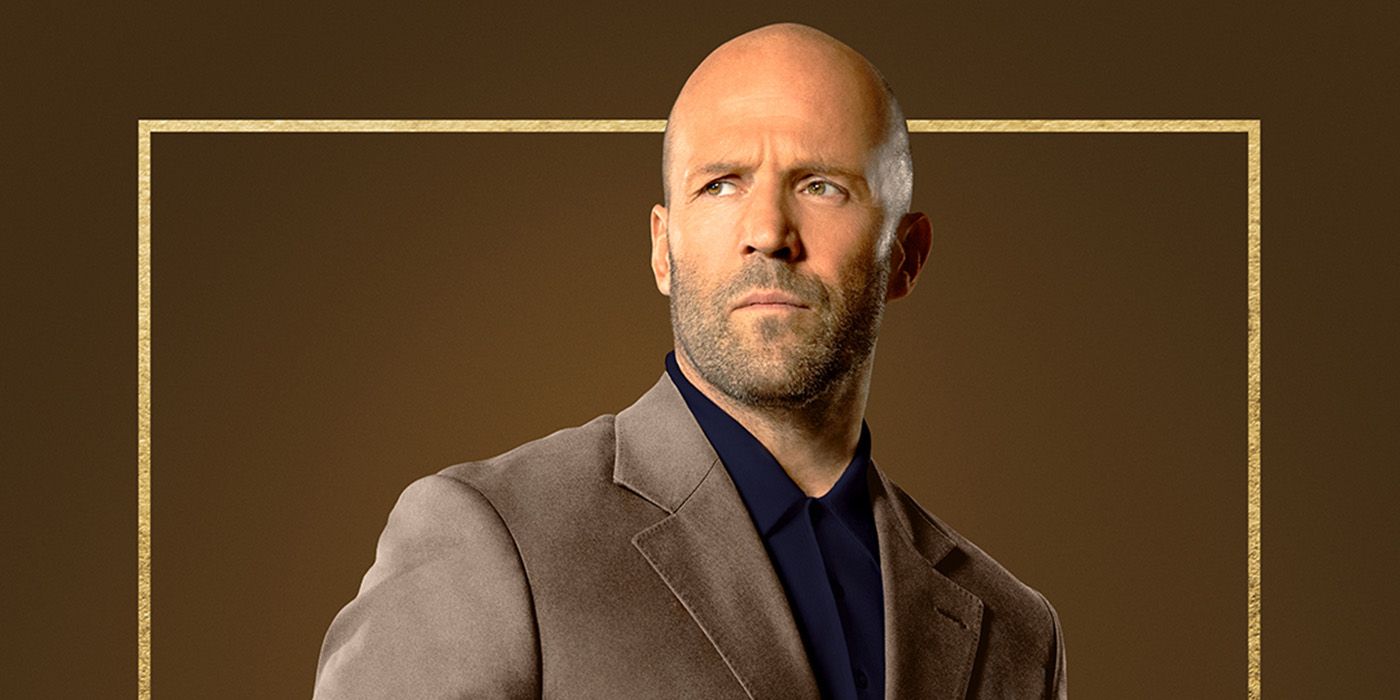Since the dawn of cinema, filmmakers have always been fascinated by adrenaline-pumping action, thrilling races, and high-stakes challenges. The Death Race movie series perfectly encapsulates all of these elements, offering audiences a heart-stopping journey into a dystopian world of vehicular mayhem and unbridled competition. This article explores the Death Race movies, delving into their origins, themes, and the reasons behind their enduring popularity among action movie enthusiasts.
Table of Contents
Death Race Movies
The Birth of Death Race Movies:
The concept of the Death Race movies originated from the 1975 cult classic “Death Race 2000,” directed by Paul Bartel and produced by Roger Corman. Set in a not-so-distant future where society has become desensitized to violence, the film follows racers as they participate in a lethal cross-country road race. The racers are awarded points for each pedestrian they run over, resulting in a dark and satirical commentary on the obsession with violence in media and entertainment.
The Death Race Franchise Expands:
The success of “Death Race 2000” paved the way for the franchise’s revival in the 21st century. In 2008, director Paul W.S. Anderson helmed a reboot, simply titled “Death Race,” starring Jason Statham as the protagonist, Jensen Ames. This iteration of the film brought the concept into a futuristic prison setting, where inmates participated in brutal vehicular races for a chance at freedom.
Death Race 2 and Death Race 3: Inferno:
Following the reboot’s success, two direct-to-video prequels were released: “Death Race 2” in 2010 and “Death Race 3: Inferno” in 2013. These films served as origins stories, revealing the origins of the deadly races and providing background information on the central characters. Luke Goss portrayed the lead character Carl Lucas, who eventually becomes the masked driver known as “Frankenstein.”
Death Race: Beyond Anarchy:
In 2018, “Death Race: Beyond Anarchy” continued the saga, featuring a new ensemble cast led by Zach McGowan as Connor Gibson. The movie showcased more intense action, elaborate car battles, and intricate racecourses, further elevating the franchise’s reputation as a pulse-pounding action series.
Themes and Social Commentary:
At its core, the Death Race movie series explores themes of societal decadence, the consequences of unchecked violence, and the dehumanizing impact of a dystopian society. While the films revel in intense vehicular action and exhilarating races, they also serve as a cautionary tale about the dark underbelly of human nature and the potential consequences of allowing violence to become entertainment.
The Appeal of Death Race Movies:
The enduring popularity of the Death Race movies can be attributed to several factors. Firstly, the adrenaline-pumping action sequences and innovative car battles resonate with action enthusiasts looking for an escape into a thrilling world of speed and chaos. Secondly, the futuristic dystopian settings and creative racecourse designs create a visually captivating experience for viewers.
Furthermore, the franchise has successfully cultivated a dedicated fan base over the years, with each installment building upon the lore and mythology of the Death Race universe. The inclusion of charismatic and compelling characters also adds depth to the films, making audiences emotionally invested in the outcomes of their perilous journeys.
Conclusion:
The Death Race movies have carved a niche for themselves in the action genre, offering audiences a gripping and adrenaline-fueled experience that explores dark themes while providing thrilling entertainment. With their imaginative settings, captivating characters, and intense car battles, the franchise has left an indelible mark on the minds of action movie aficionados worldwide. As long as there is a hunger for high-speed action and dystopian tales of survival, the Death Race movies will continue to thrive, pushing the boundaries of cinematic excitement and leaving audiences on the edge of their seats.









